|
www.superdentists.com/texas/dentist/Gregory-A-Osborne/495f6f9f-0a6a-4969-a14b-6e690d81c751.html
For the past 16 years, Super Dentists® has been honoring the top dentists in Texas as reported in Texas Monthly magazine. With his selection to the 2019 list, Dr. Osborne has joined an exclusive club of Hall of Fame dentists who have been selected 15 or more years. From your physical traits to your risk for developing various diseases or disorders, genetics plays a huge role in your appearance and your health. Because we treat patients with obstructive sleep apnea, a serious sleep disorder, we often get asked if sleep apnea is genetic. The answer? It can be!
Sleep apnea is a serious sleep disorder that can cause you to stop breathing up to hundreds of times each night while you sleep. In addition to triggering symptoms like daytime fatigue, irritability, headaches, and brain fog, sleep apnea can also increase your risk for high blood pressure, stroke, and heart disease.
If you have sleep apnea but hate your CPAP machine, you’re not alone. Some studies estimate that as many as 50 percent of folks using CPAP therapy don’t like the treatment, while other studies show that up to half of the people using CPAP machines stop using them within just a few weeks. At Sleep Easy Dentistry, we are proud to provide a CPAP alternative to patients throughout San Antonio.
Pediatric sleep apnea is a serious condition that can impact your child's ability to thrive. However, you can help your child get the relief they need by recognizing some of the common signs and symptoms of sleep apnea in children.
While some of the symptoms of sleep apnea may make you feel isolated, you’re not alone: Doctors estimate that 22 million Americans experience sleep apnea. In fact, many celebrities experience sleep apnea and the resulting interrupted breathing, daytime fatigue, irritability, and other symptoms that you may be experiencing. Let’s take a closer look at some celebrities with sleep apnea who continue to excel!
Nothing is quite as restorative as a good night’s sleep. If it feels like it’s been years since you got a good night’s sleep, you’re not alone. Scientists estimate that around 80 million Americans experience sleep problems each year.
While sleep disorders like sleep apnea and chronic snoring may be keeping you from a restful sleep, sometimes problems sleeping simply require better sleep hygiene. Read on to learn if you're making a common mistake that is costing you a good night's sleep! Jaw pain from temporomandibular joint (TMJ) disorder can disrupt all aspects of life, from eating and talking to relaxing and getting a good night's sleep. Many patients who experience TMJ pain may also have issues sleeping -- and vice versa. So, is there a link between sleep apnea and TMJ disorder?
|
Archives
May 2024
Categories
All
|

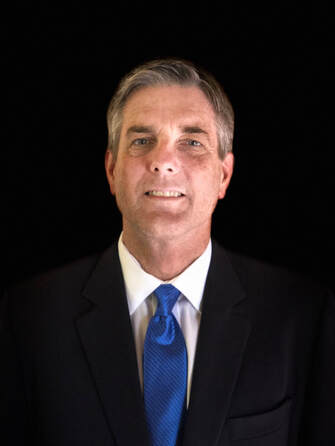
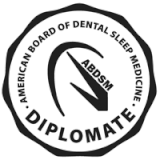
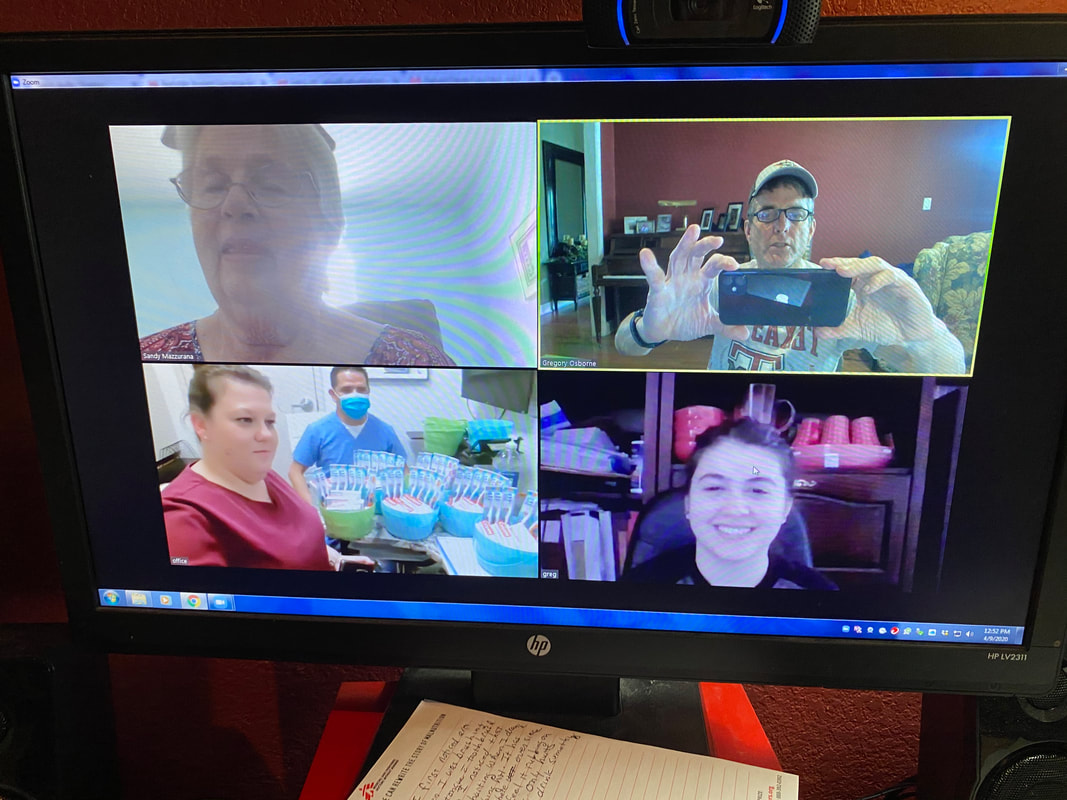
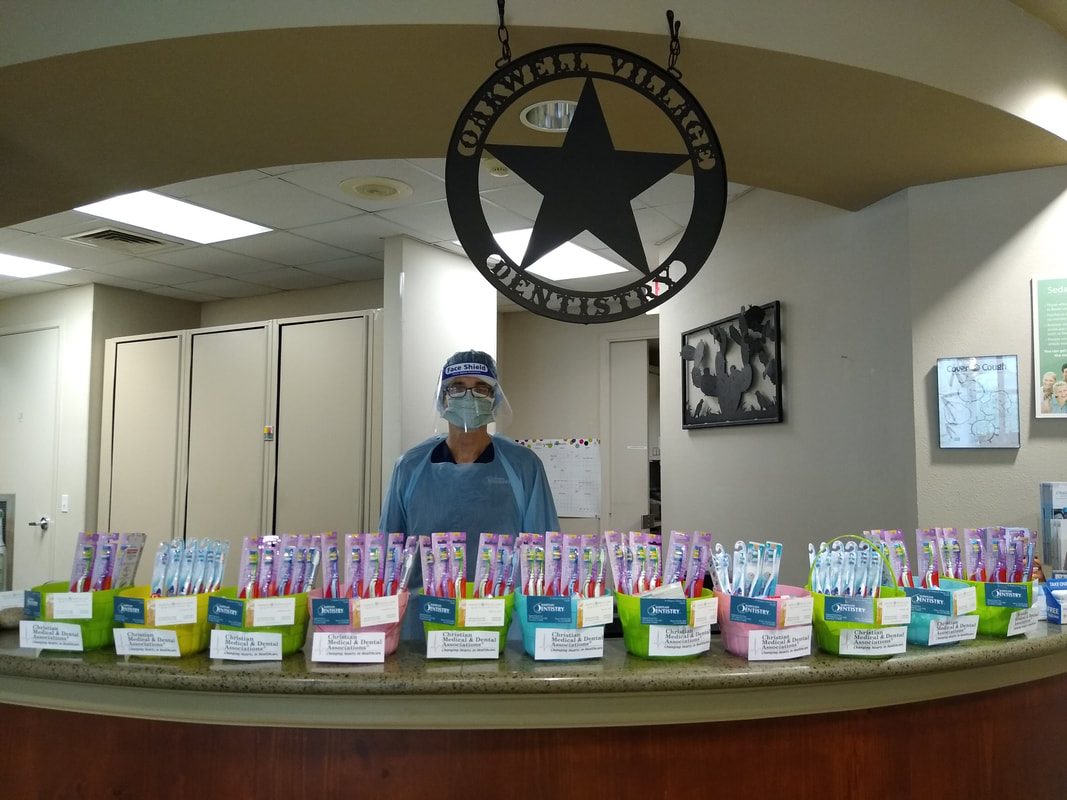
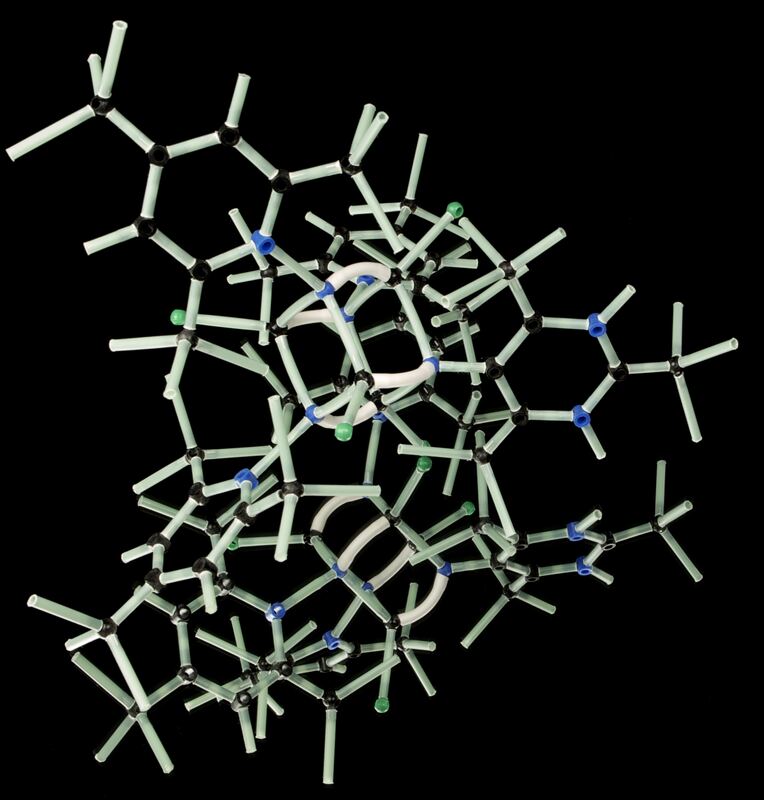
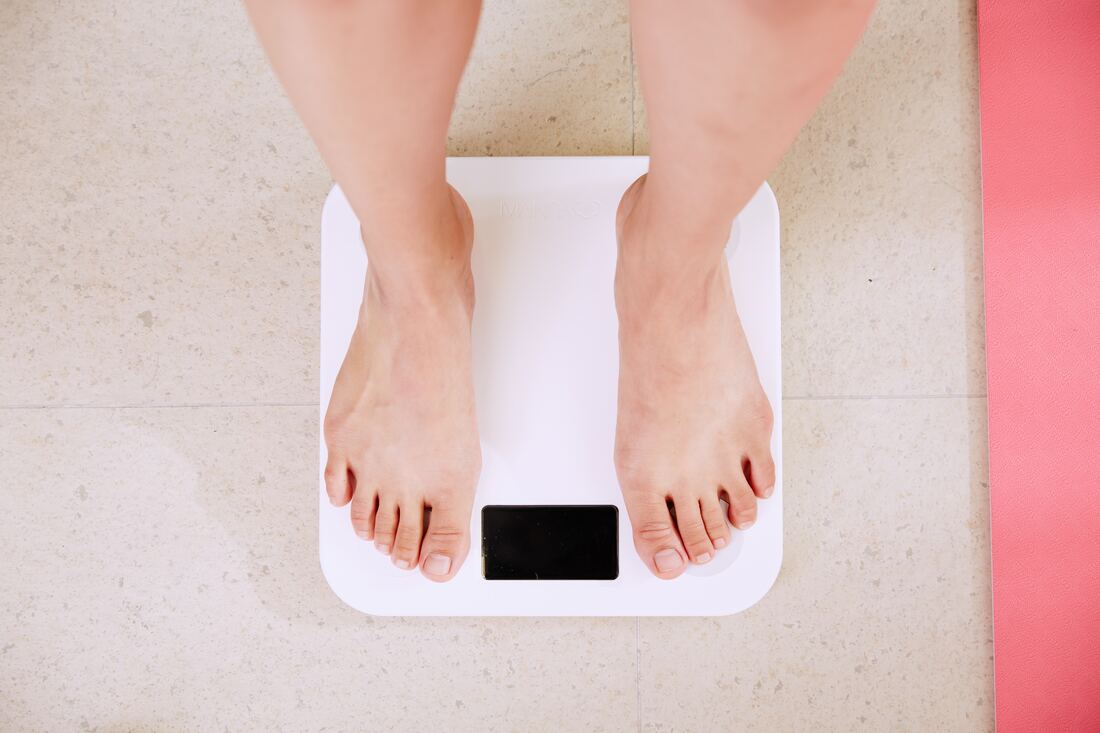
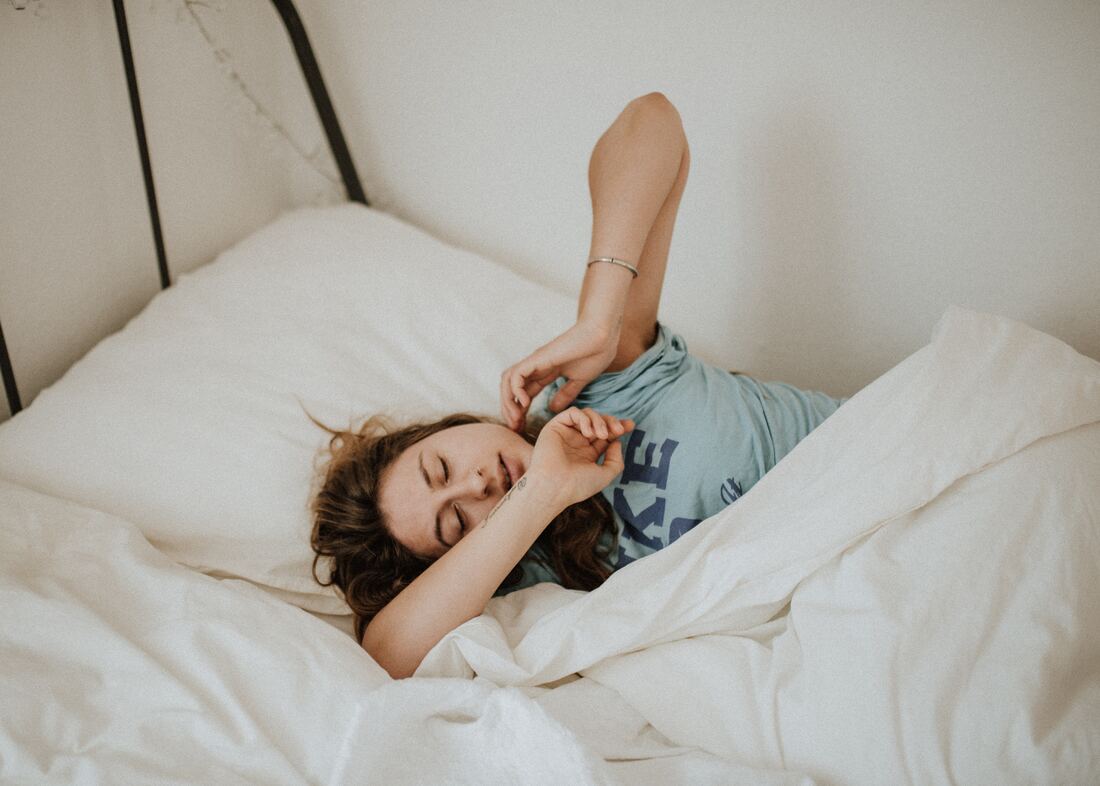
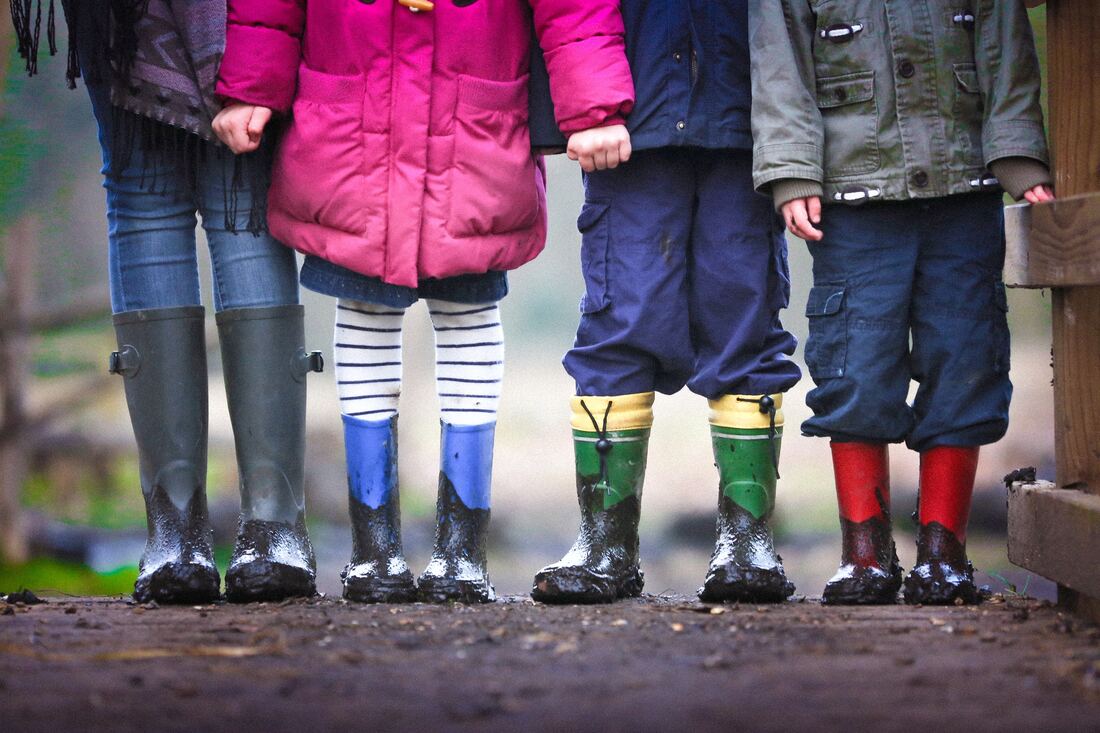


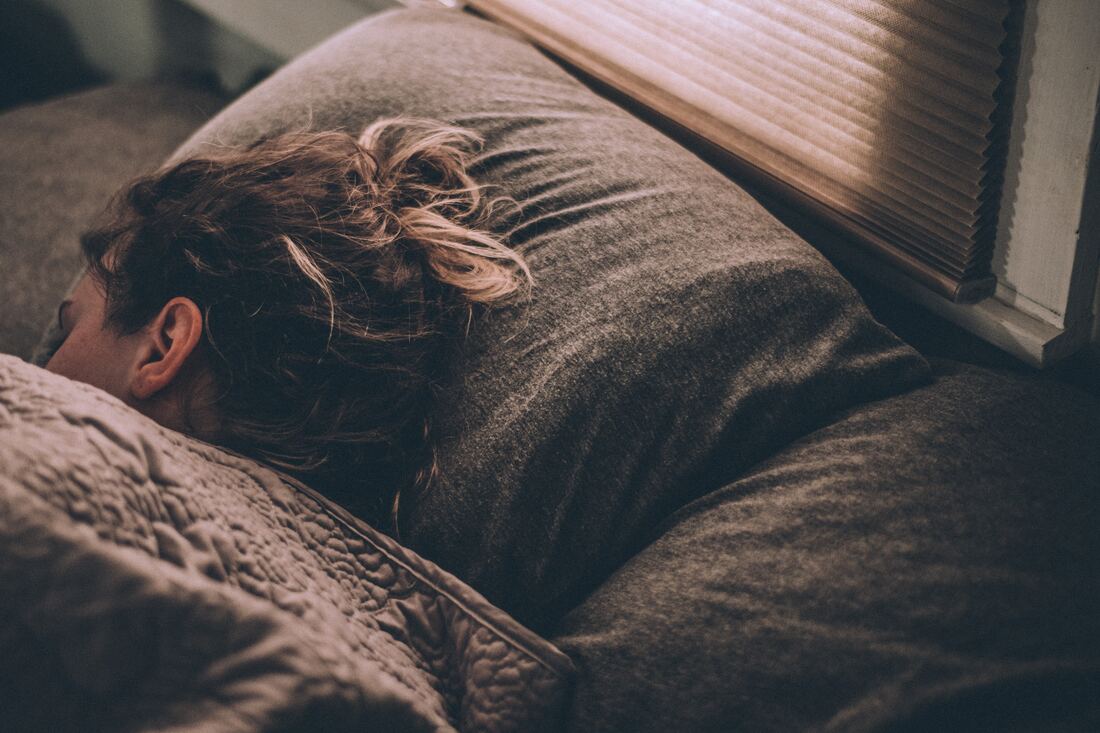
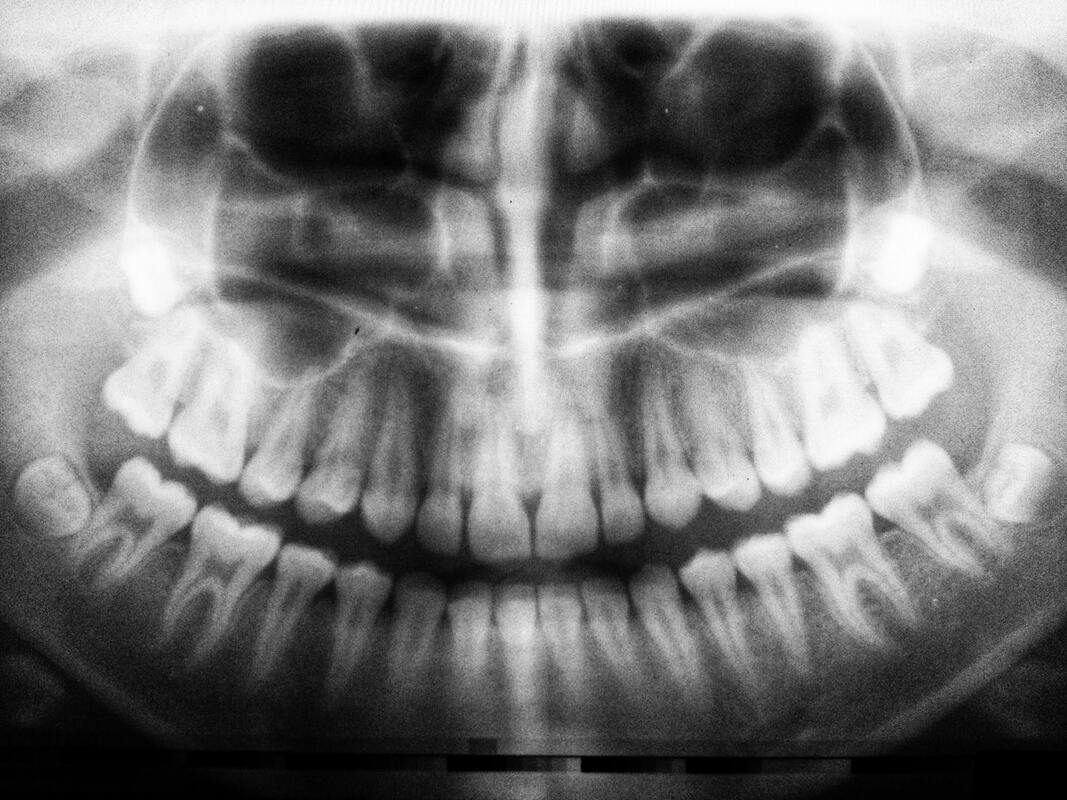
 RSS Feed
RSS Feed
